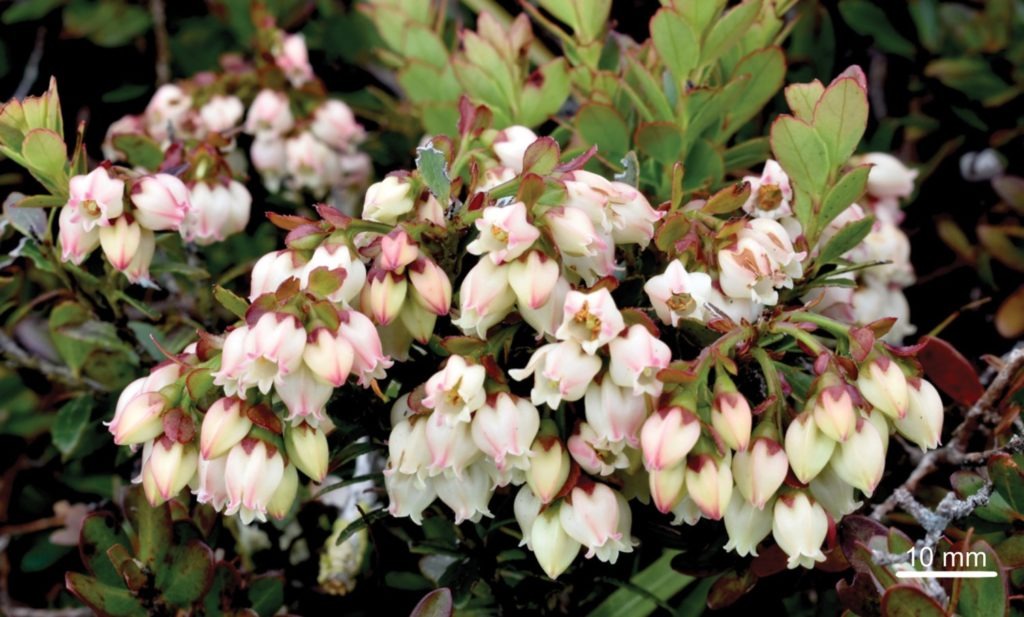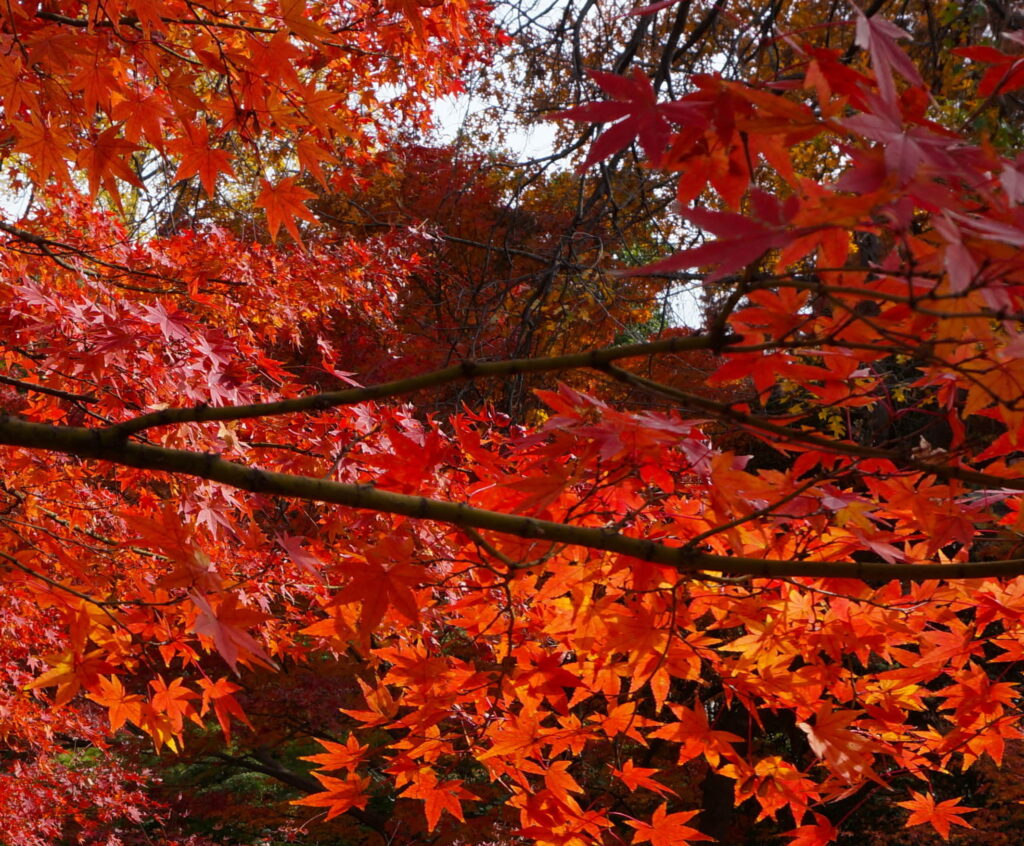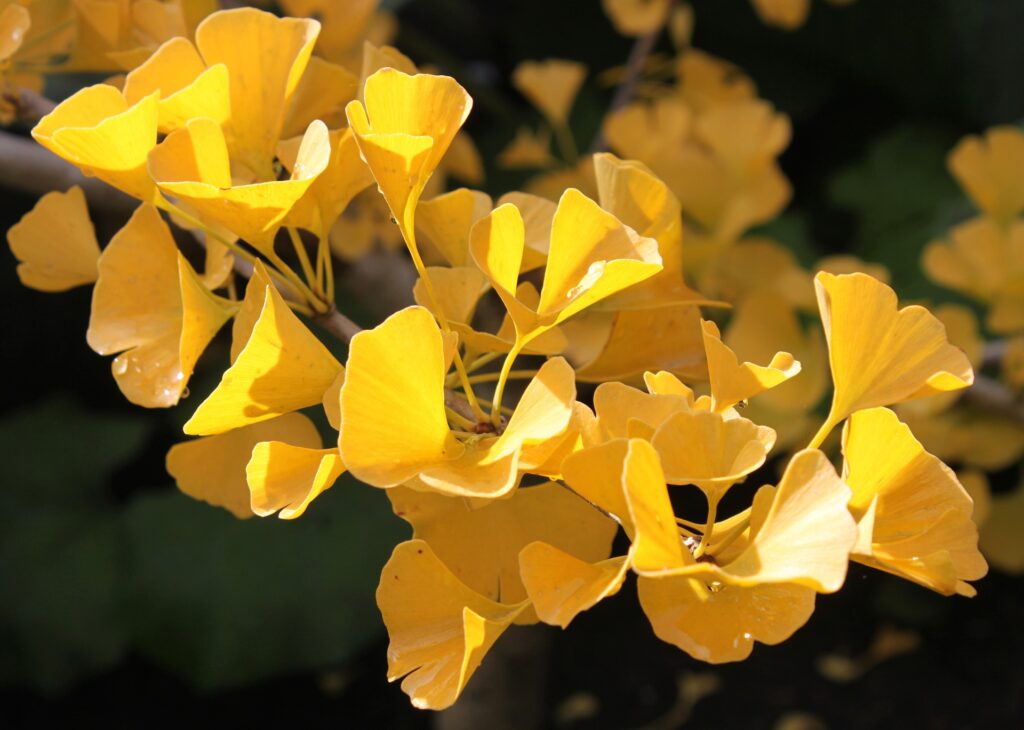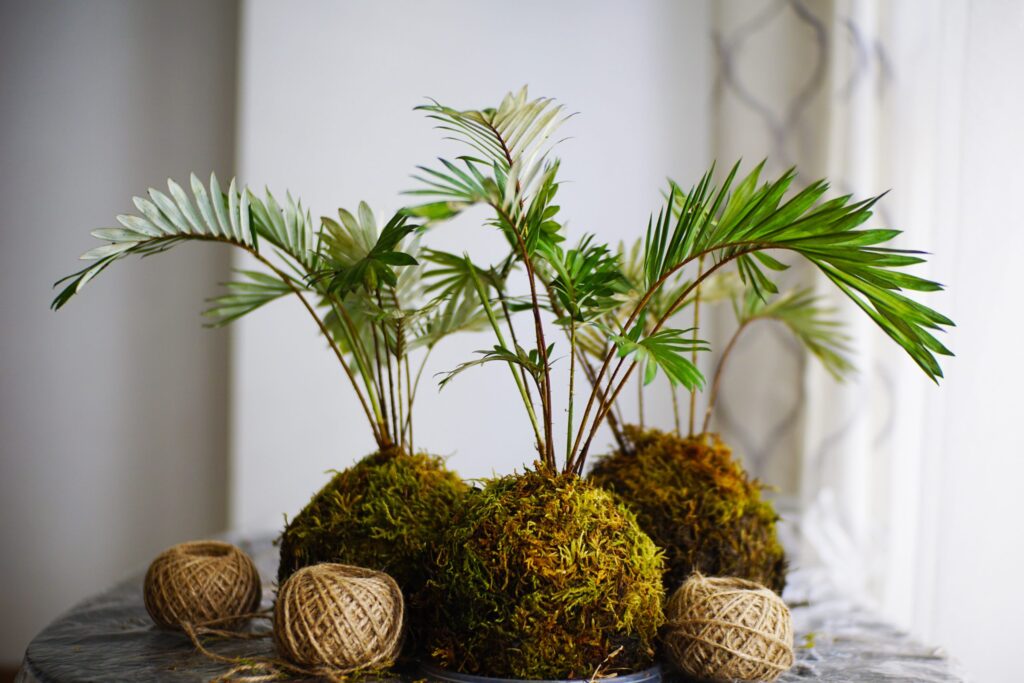Recent Research Publications Reveal the Details of New Plant Species—and Help Uncover the Workings of the Natural World

Botany is not a science for those who demand a steady routine. One day researchers might find themselves hiking up mountainsides through dense tropical rain forest or hunting down rare plants in parched deserts. The next day, they will be in the lab, peering through an electron microscope or studying DNA results.
The result of these efforts is usually a scientific paper, published in a peer-reviewed journal. Papers might describe a new species of plant or suggest a new way of approaching a problem. Taken as a whole, they reveal the workings of life on this plant.
Unplug and Unwind by Practicing “Shinrin-Yoku,” aka Forest Bathing

Contemporary life is full of millions of stimuli fighting for your attention. We are bombarded with alerts, notifications, pop-ups and announcements. Contrast this type of frantic living with the peaceful experience of being within nature. Trees and flowers demand nothing of you. You are free to notice what you want, or simply to be. This experience has been given a name in Japan. It is called “shinrin-yoku,” which translates to “forest bathing,” using “bathing” to mean immersing yourself within something. The term was introduced in Japan in the 1980s to encourage people to disconnect from technology and spend time outdoors.
For Brilliant Fall Color, Look to the Living Fossil, Ginkgo

Every autumn, guests to the Japanese Garden frequently stop and marvel at a magnificent tree located just inside the east entrance. In the fall, the leaves turn bright lemon yellow. The color is so brilliant the leaves almost appear fluorescent, as if a bundle of yellow highlighters had taken root and sprouted. This is one of the Garden’s Ginkgo biloba trees, and it holds a remarkable story. “If you are looking for a tree to add to your landscape, consider the gingko. It is not only a reliable performer and beautiful tree but also a unique horticultural specimen,” says Sr. Horticulturist Steve Huddleston.
Create Traditional Japanese Kokedama to Explore the Concept of Wabi-Sabi

One of the key concepts in traditional Japanese culture is the idea of “wabi-sabi.” This is an impossible-to-translate term that means “finding the beauty in the imperfect, impermanent and incomplete in nature.” Girls and their families can explore the concept of wabi-sabi this autumn while creating a kokedama planter. The December 4 Girls’ Nature Workshop will explore the craft of shaping planters out of soil, moss and string. The results are beautifully imperfect and unique in every way.
